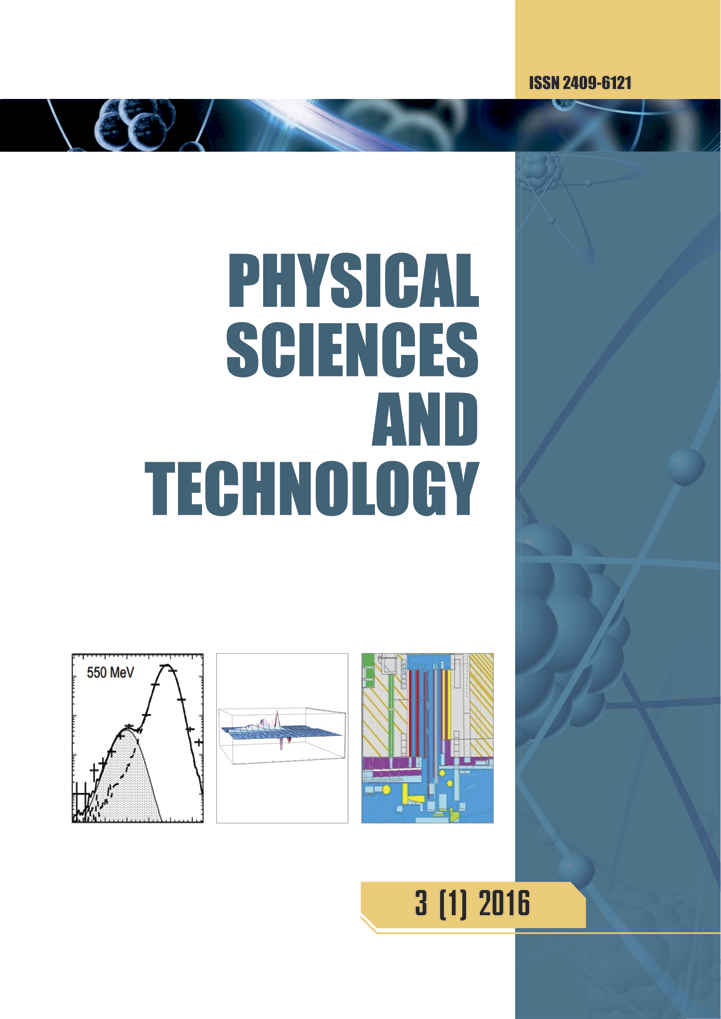Removal of nickel and vanadium from crude oil by using solvent extraction and electrochemical process
DOI:
https://doi.org/10.26577/phst-2017-1-127Abstract
LLP Pavlodar Oil Chemistry Refinery crude oil contain high vanadium and nickel content, which contains
more than 23.09 g/t nickel and 58.59 g/t vanadium. In this study we used two types of metal removing methods
such as solvent extraction and electrochemical process. The present research is conducted for comparative
analysis of the deasphalting with organic solvents and electrochemical method. Maximum efficiency of
deasphalting, with cyclohexane as the solvent, in Soxhlet extractor was 66.4% for nickel and 51.2% for
vanadium content from crude oil. Percentage of Ni extraction reached maximum of approximately 20% by
using the electrochemical method in electrolysis cell, which was developed for this research. It consists of three
sections: oil and protonating agent (EtOH) solution between two conducting membranes which divides it from
two capsules of 10% sulfuric acid and two graphite electrodes which cover all three parts in electrical circuit.
Ions of metals’ pass through membranes and remain in acid solutions. The best result was obtained in 60
minutes with ethanol to oil ratio of 1 to 3 respectively, current fits in to the range from 0.3A to 0.4A, voltage
changed from 12.8V to 17.3V.





